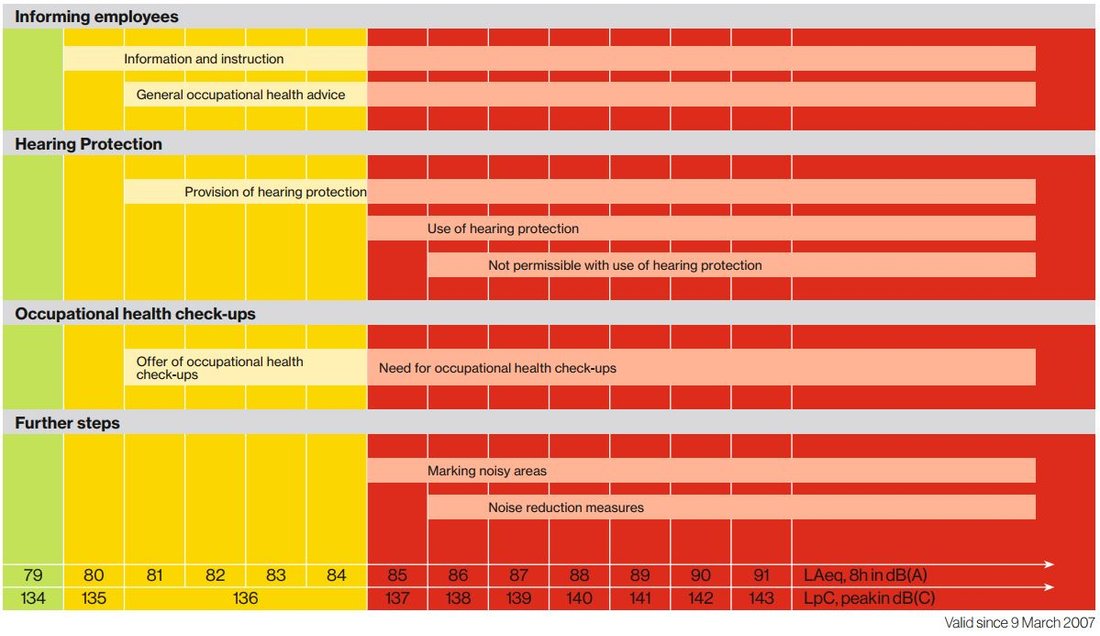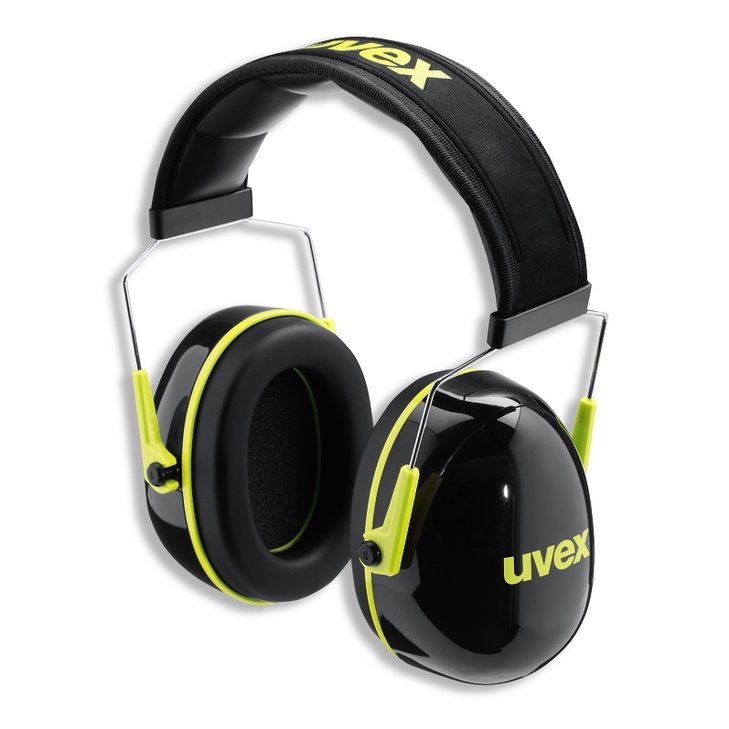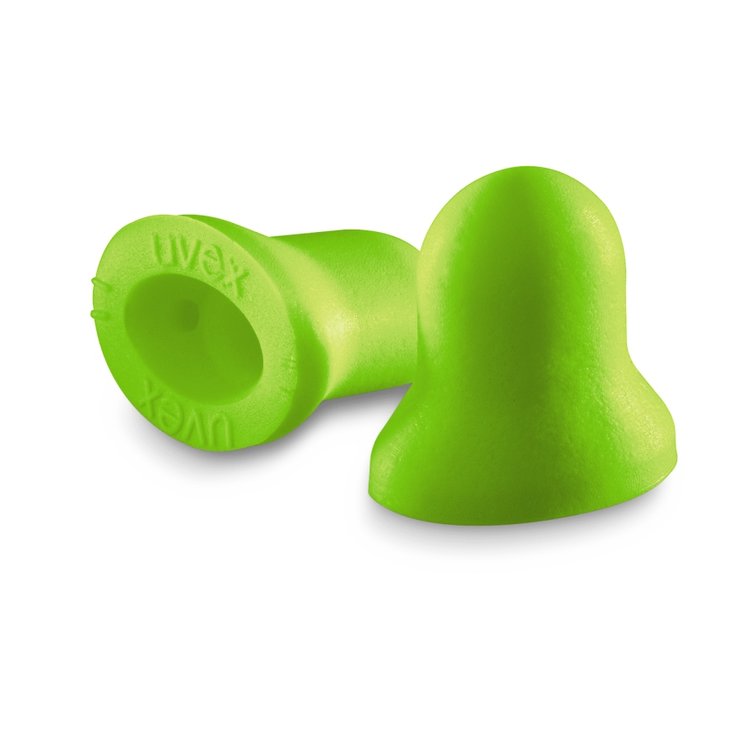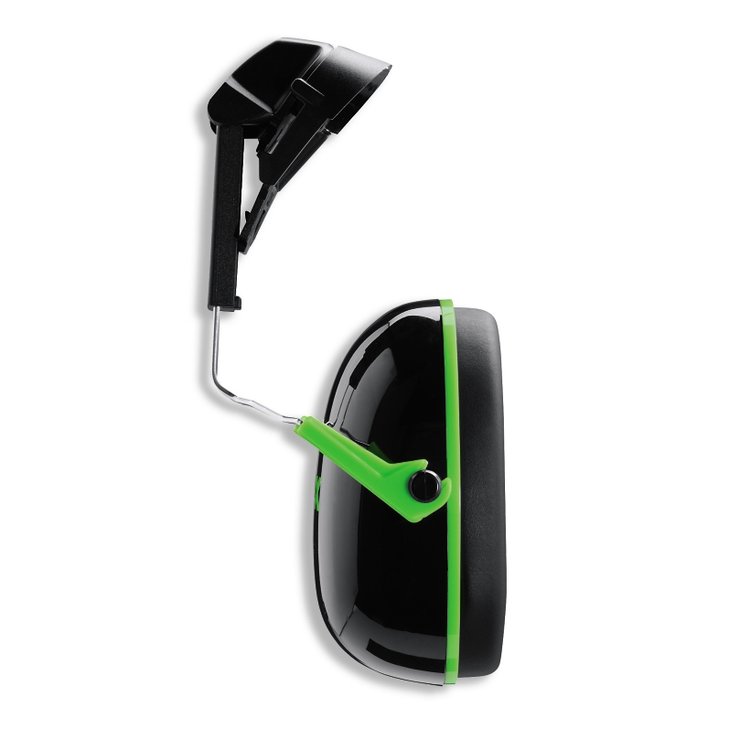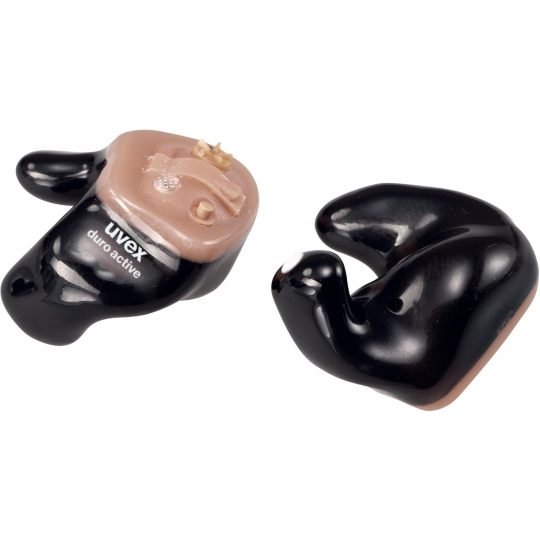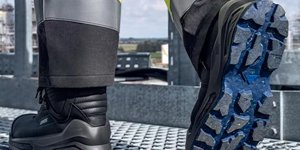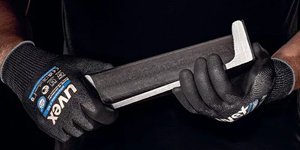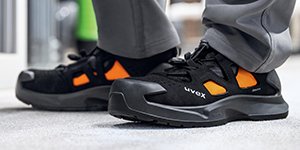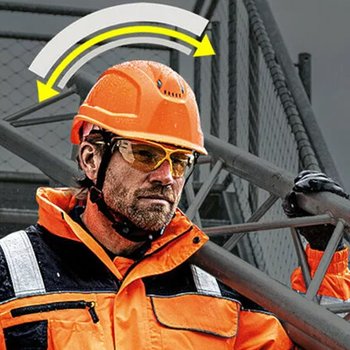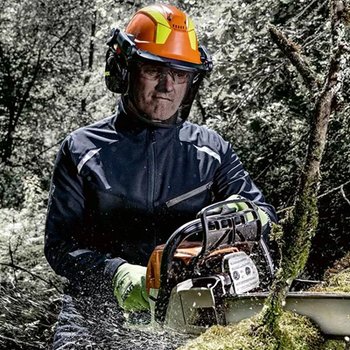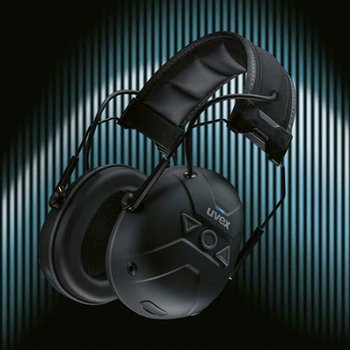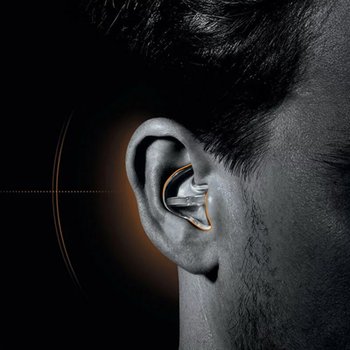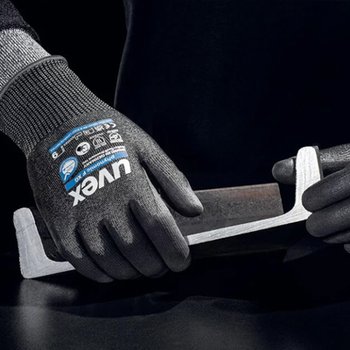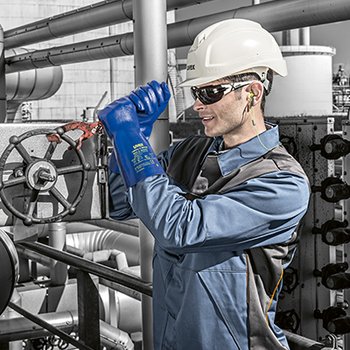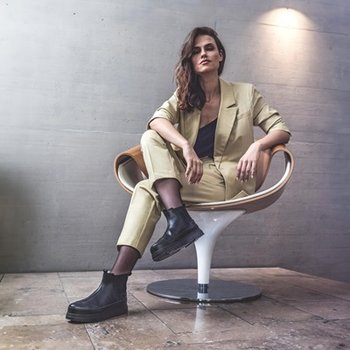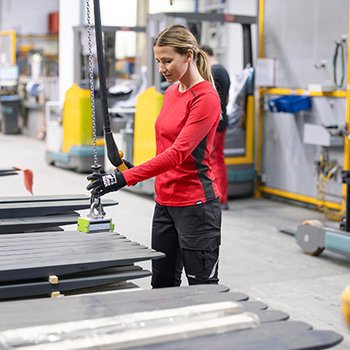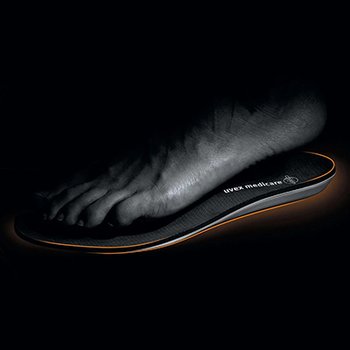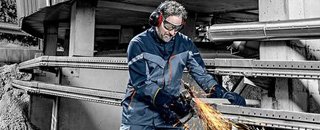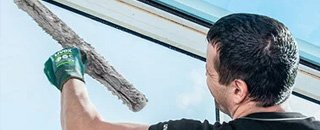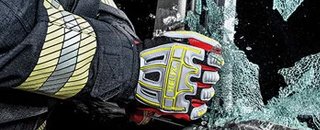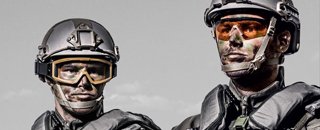
Standards and Directives
Of course, based on regulation (EU) 2016/425 on personal protective equipment (PPE) our products meet all the necessary standards, and not just that – we always require that little bit more from our products. This ensures the extra safety that our customers – rightly – expect from us.
DIN EN 352 – Hearing protectors, general requirements
Standard DIN EN 352 regulates general requirements for hearing protection as part of protective workwear.
Selection of appropriate hearing protection in accordance with DIN EN 352 depends on the specific working conditions and the type of noise occurring at the workplace. Requirements for hearing protection are regulated accordingly and classified into the following types:
- earplugs
- earmuffs
- hearing protection helmets
- noise protection suits
In addition to the general requirements in accordance with DIN EN 352, product-specific features and requirements are regulated in the following special standards.
In accordance with DIN EN 352, all hearing protectors must be marked with:
- manufacturer's name or trademark and model name
- EN number
- instructions on insertion, application and wearing (as necessary)
- nominal size
- CE marking
- indication of reusability or single use (relevant for earplugs)
- left or right marking (for otoplastics)
DIN EN 352-1 – Earmuffs
Earmuffs in accordance with standard DIN EN 352-1 are defined as hearing protectors that enclose each of the wearer's external ears with a functional capsule. As it is often desirable to frequently put on and take off ear protection in areas with variable noise exposure, earmuffs are recommended for such environments.
The various sections of standard DIN EN 352-1 on earmuff requirements also regulate:
- requirements for earmuffs attached to industrial safety helmets (part 3)
- safety requirements and tests of level-dependent earmuffs (part 4)
- safety requirements and tests on earmuffs with active noise compensation (part 5)
- safety requirements and tests on earmuffs with communication devices (part 6)
DIN EN 352-2 – Earplugs
DIN EN 352-2 defines earplugs as all hearing protectors that are worn directly in the auditory canal or ear cavity.
According to the regulations, use of earplugs is recommended:
- for continuous noise (lower frequencies)
- when earmuffs tend to cause strong sweating
- when also wearing safety spectacles
- when wearing other protective equipment such as head protection, respiratory protection, face protection
- together with earmuffs for brief periods of extreme noise
While the general requirements for earplugs are regulated in DIN EN 352-2, part 7 describes the safety requirements and tests for level-dependent earplugs.
DIN EN 352-3 – Earmuffs attached to industrial safety helmets
Standard DIN EN 352-3 describes all earmuffs that are directly attached to industrial safety helmets.
DIN EN 352-7: Level-dependent hearing protection earplugs/otoplastics
Level-dependent hearing protection earplugs/otoplastics are designed to let in important external noise while working as a barrier against loud noises. They can be used for applications in environments with non-continuous or intermittent noise exposure (impulse noise) where other acoustic warning signals must be audible. This standard concerns hearing protection earplugs/otoplastics that are fitted with an electronic circuit for sound regeneration.
Signal detection marking
In a calculation method carried out by the institution for statutory accident insurance and prevention, hearing protection products can be categorised as particularly suitable to specific areas of application.
These comments are defined as follows:
- S: Signal hearing in railway track superstructure construction
- V: Signal hearing in road traffic
- W: Warning signal hearing, general
- E: Signal hearing for locomotive drivers in railway operations
- E1: very high suitability; ideal for persons with impaired hearing
- E2: high suitability
- E3: limited suitability
Occupational safety directive on noise and vibration
